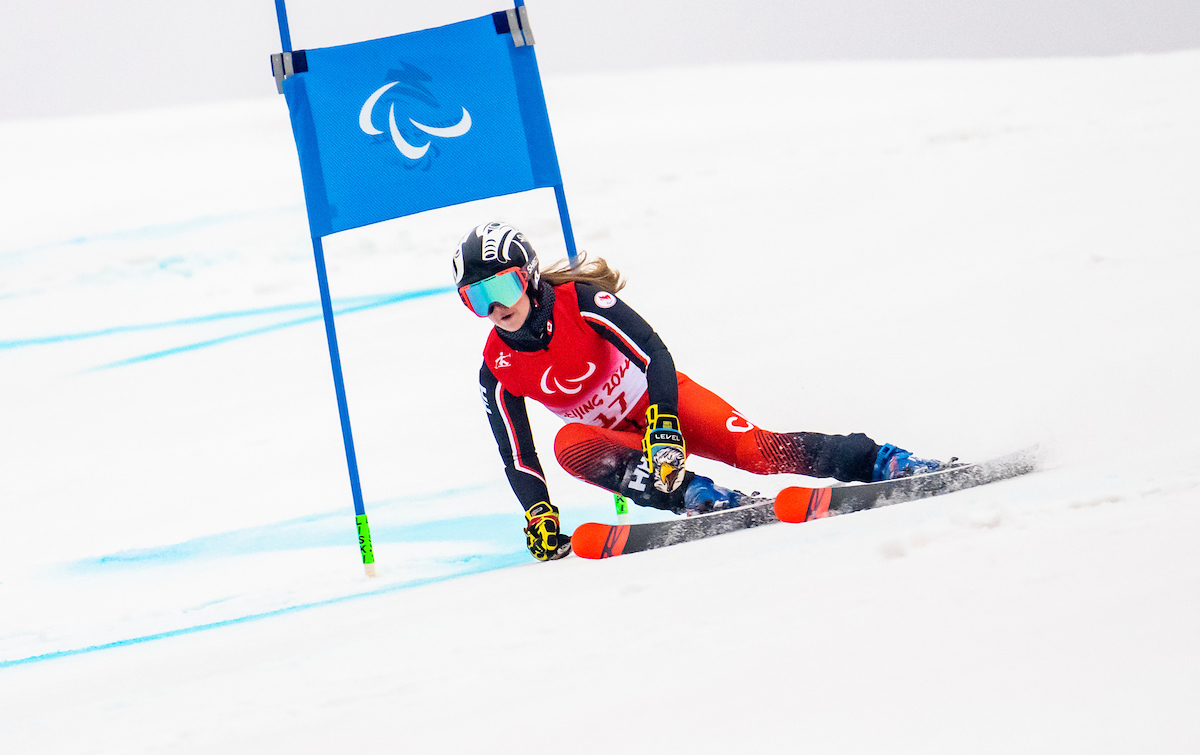
Para alpine
Winter Sports
There are six disciplines in Para alpine skiing: downhill, Super-G, slalom, giant slalom, super combined, and team events. Competition accommodates male and female athletes with a physical impairment such as spinal injury, cerebral palsy, amputation, and blindness/vision impairment.
Athletes compete in three categories based on their functional ability, and a results calculation system allows athletes with different impairments to compete against each other
Para alpine skiing demands extreme agility, strength, and speed, with racers reaching and exceeding speeds of 100km/hour. For all events except slalom, athletes race one run and are ranked according to the fastest time. A missed gate results in disqualification.
Originating after the Second World War, Para alpine is currently practiced in more than 40 countries, and continues to grow in popularity and accessibility. At the first Paralympic Winter Games in Örnsköldsvik, Sweden, in 1976, the slalom and giant slalom were the only two para-alpine events. Today, five para-alpine events are featured at the Paralympic Games.
Canada has won medals in para-alpine skiing at every Paralympic Winter Games since 1976 including 13 on home soil in Vancouver-Whistler in 2010 and 10 in PyeongChang.
Para Alpine is governed by the International Paralympic Committee. Alpine Canada is the National Sport Federation.
Skiers in Para alpine compete in several different sport classes, depending on the activity limitation that their impairment causes.
"*" indicates required fields